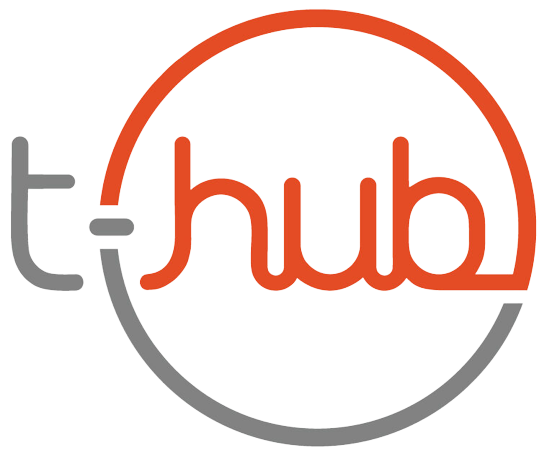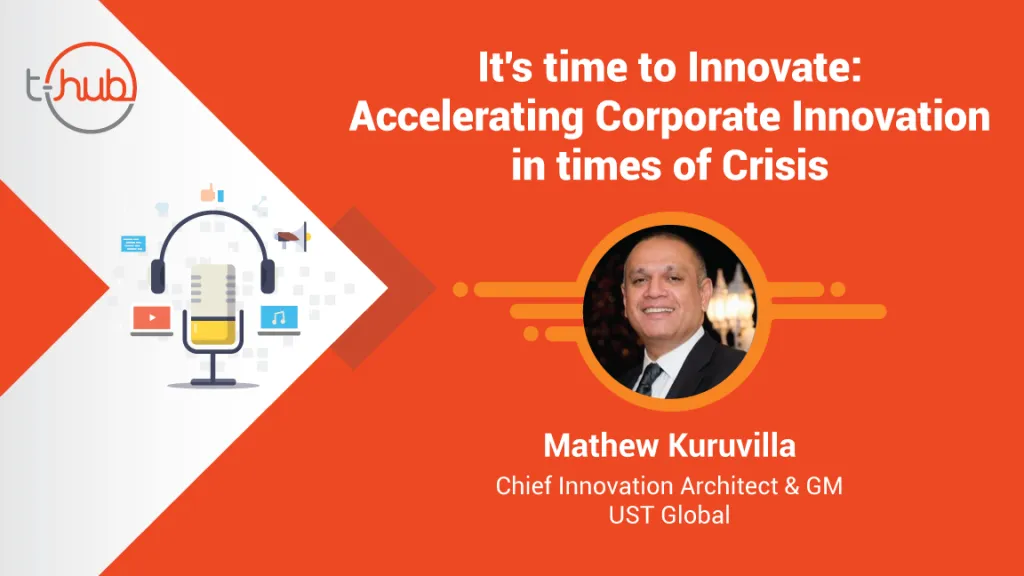It has often been observed that innovation flourishes during times of crisis. The impact of COVID-19 will lead to new ideas and technologies that will change the way organisations look to the future.
In order to manage the uncertain aftermath of the crisis, the world and society as a whole should be prepared for powerful innovation and business disruption that will result in the greater good of humanity. Necessity is the mother of innovation. While we live with COVID-19, we need to quickly adapt and change as a human race.
According to Kuruvilla, in order to live through the crisis, organisations and individuals will have to deal with many uncertain situations. This will put our humanity to the test. The advances that we have made both independently and collectively in several areas of technology, science, the arts and engineering, must be pooled together as organisations apply innovation to overcome this massive disruption.
In this podcast, Kuruvilla has identified the top five trends that he believes will fuel corporate innovation in the era of COVID-19.
Firstly, individual safety of associates is extremely crucial as we navigate this crisis. They are the lifeline of organisations. It is critical for organisations to ensure that their employees stay healthy and safe. While initially, organisations had to ensure that social distancing, self-quarantining, washing hands with sanitizers, following lockdown guidelines and other norms were being followed by their workforce to keep safe, the question to ask now is how is this sustainable for a longer period of time? Since there is no vaccine or cure yet for Coronavirus, organisations will have to provide their employees with tools to remain productive at their homes. Since productivity is a challenge in the Work from Home scenario, organisations need to ensure that associates are able to focus on assignments and tasks and completing them on time.
For those employees who will continue to work from home, a revised set of digital tools that will help them remain organised is going to be of paramount importance in the future. Personal health and reporting will become a part and parcel of our daily lives. In addition to the normal daily routine, employees will need to add a new routine of a self-health check to ensure there is no fever or cough or other symptoms of COVID-19, before they physically report to work. For instance, one of UST’s digital solutions is leveraging a health band with a simple morning wake-up routine.
Also, Kuruvilla foresees individuals facing mental health issues that even their organisations should empathise with. Organisations should empower employees with digital tools to help them cope with mental health issues that might impact their productivity at work. Kuruvilla illustrates this point by sharing how US is building tools that help employees address this challenge via highly immersive digital content that is curated from authoritative sources to address mental health issues.
Secondly, the future of the work place is all set to undergo a massive change. Organisations need to have several safety procedures in place to protect their associates and their business interests. A new trend is emerging wherein revised guidelines are there for suppliers, vendors and partners, all key stakeholders in running the business. Organisations should also implement government mandated procedures to protect customers and engineers. Some of the must-have solutions in organisations should involve: maintaining social distancing, frequent temperature checks, managing sanitation in conference areas, restrooms and other work places where employees usually congregate.
The size of the work force and the dynamics of the work place will change forever. The entry of asymptomatic workers and other stakeholders into the organisation’s premises would require them to develop solutions that will help them to manage compliance in a scalable manner. For instance, at UST, security cameras play an important role to detect the behaviour of people with respect to how closely they adhere to social distancing and other norms. Using computer vision, UST is able to determine with a high degree of certainty and accuracy the action of employees. Here, only the action and time stamp are captured. Therefore, the privacy of the individual is protected and the employee’s actions are reported to the appropriate compliance teams in the organisation.
Going forward, there will also be a need to look at contactless authorization and authentication of employees. Contactless iris scanning and voice-based authentication will grow in popularity. However, the need would be to match it with the organisation’s compliance needs and the laws of the land. Other innovations would include temperature sensing of associates in high traffic areas that need a detailed wipe down, contactless cleaning of work areas and other such measures to protect the safety of individuals.
Thirdly, collaborating with teams as we return to work will have to be understood and followed to the letter. We adapt and calibrate based on the nuances we need to deal with in the new work place. This is a stark departure from how offices were in the pre-COVID-19 world. The current travel restrictions will make it difficult for buyers to assess the product at the suppliers’ end—if they are located in a different geography. To cope with this new reality and challenge, UST applied virtual reality to visualise the products in the catalogue. In the podcast, Kuruvilla shares other examples of immersive experience solutions that UST has recently adopted to help bridge the gap between physical and virtual reality when it comes to conducting business with outside stakeholders. He adds that many in-person collaboration scenarios will have to move to a digital medium. This is bound to create unique challenges, specific to different industries.
Fourthly, travel between work places will also need to be managed with solutions such as a comprehensive contact tracing kit. Organisations will need to employ contact tracers as a part of their work force, as the associates travel between work places, to customer locations or even host customers in a location. UST has built several solutions for contact tracing and management of people, including the use of wearable bands. Soon, it will become crucial for organisations to trace the location of employees during work hours. UST is also working on many innovations around droplets and particle transmission, remote management of customers, and treating patients with non-intrusive devices and experiences.
Fifthly, digital transparency is here to stay. Organisations will have to build new experiences to help alleviate the fears people have of COVID-19. Digital solutions that empathise with human needs will be trending in the future.
We power Corporate Innovation through high-impact partnerships and transform your business models for the better. Know more, https://bit.ly/2XHiA3T.






